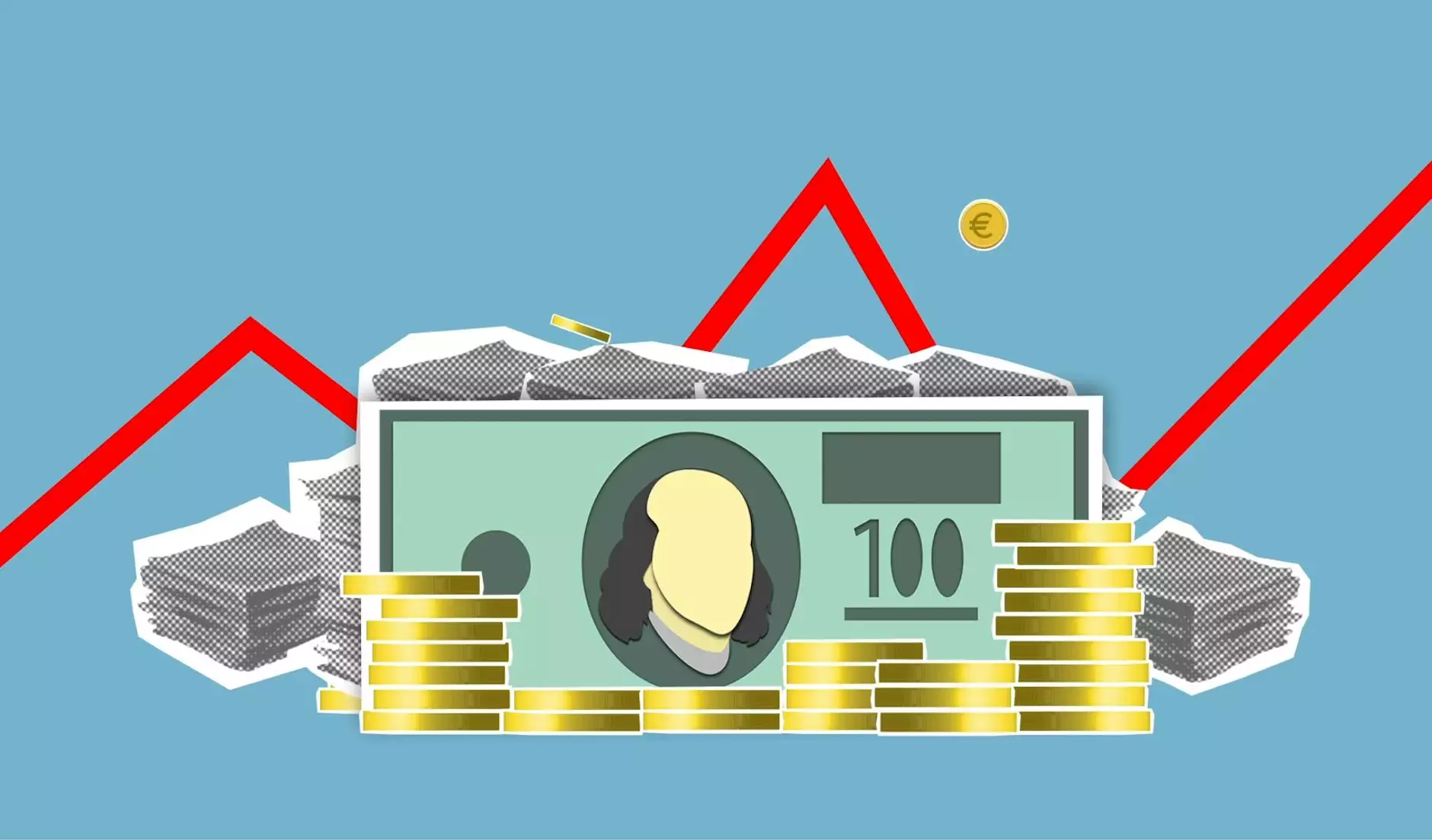The Evolution of Central Banking
Business and Consumer Services
Central banks play a crucial role in shaping the financial landscape of nations and the global economy. This article delves into the history of central banks, tracing their origins, development, and significance.
Origins of Central Banking
The concept of central banking dates back centuries, with the first central bank in the world established in Sweden in 1668. Since then, central banks have evolved and expanded, with each country adapting its own system to suit its economic needs.
Role of Central Banks in Economics
Central banks are responsible for monetary policy, which involves controlling the money supply, interest rates, and inflation. They also act as lenders of last resort, providing liquidity to banks in times of crisis.
Significance of Central Banking
Central banks play a crucial role in stabilizing the economy and ensuring financial stability. By managing key aspects of the monetary system, central banks help regulate economic growth and prevent financial crises.
Historical Milestones
Over the years, central banking has witnessed several key milestones, including the establishment of the Bank of England in 1694 and the First Bank of the United States in 1791. These institutions set the foundation for modern central banking practices.
The Evolution of Central Bankers
Central bankers are key figures in the world of finance, responsible for making important decisions that impact the economy. Understanding the role of central bankers is essential in grasping the intricacies of monetary policy.
Central Banking Systems Around the World
Central banking systems vary from country to country, with each nation adapting its own model to suit its economic conditions. From the Federal Reserve in the United States to the European Central Bank, these institutions play a vital role in shaping the global economy.
The Future of Central Banking
As the global economy continues to evolve, central banks face new challenges and opportunities. Adapting to technological advancements and changing economic landscapes will be key to ensuring the stability and efficiency of central banking in the years to come.
Closing Thoughts
The history of central banking is a rich tapestry of innovation, crisis, and resilience. By exploring the origins and evolution of central banks, we gain valuable insights into the intricate workings of the global financial system.
For more information on central banks and their impact on the economy, stay tuned to SEO Studios for insightful analyses and updates.



